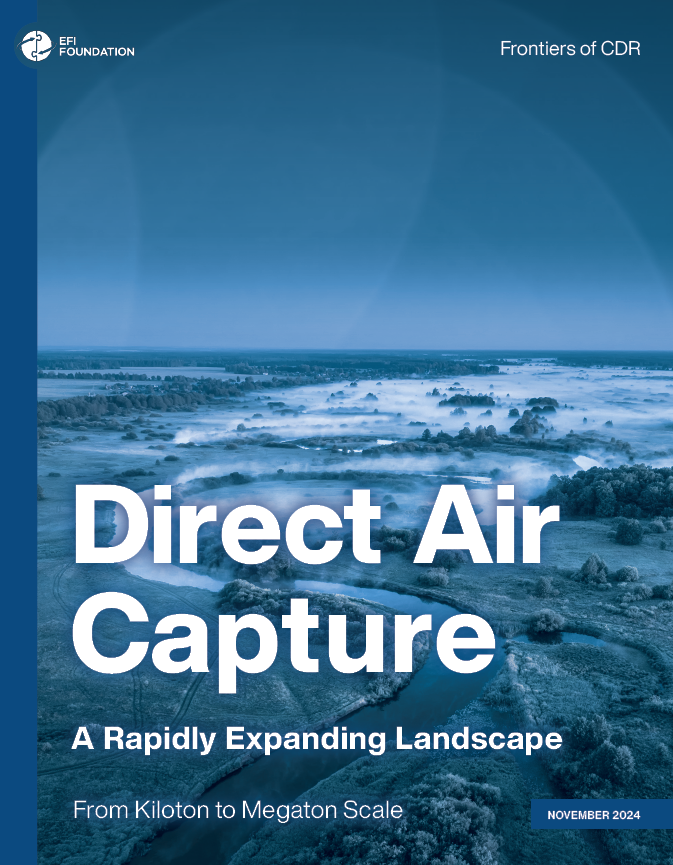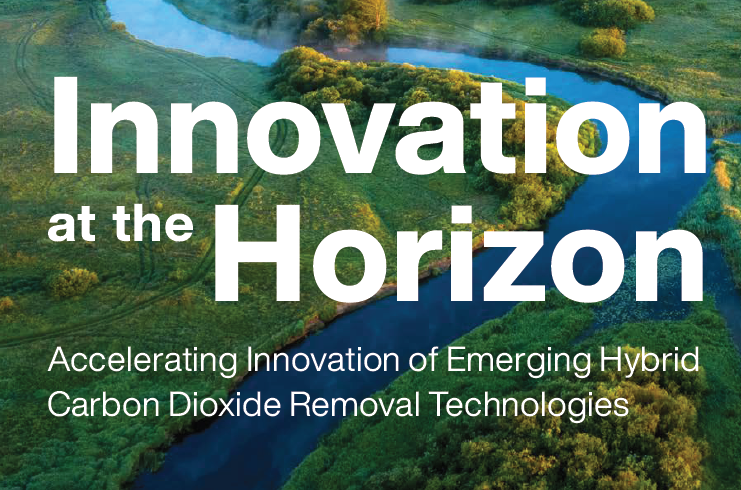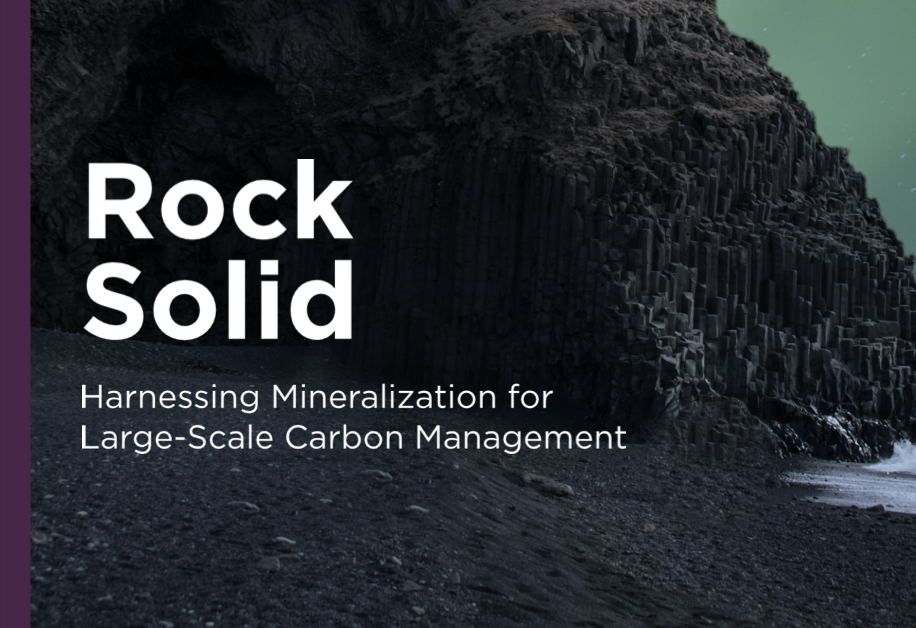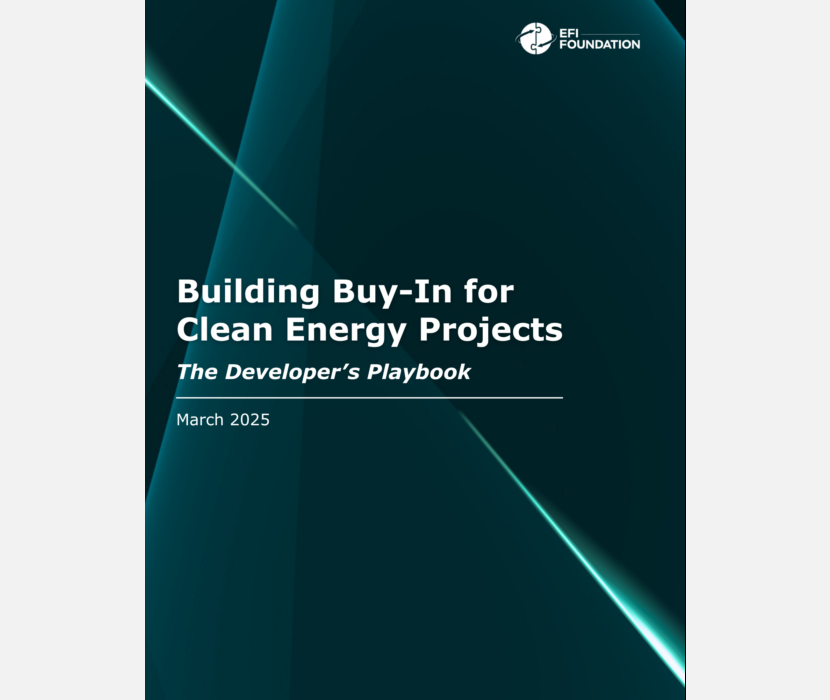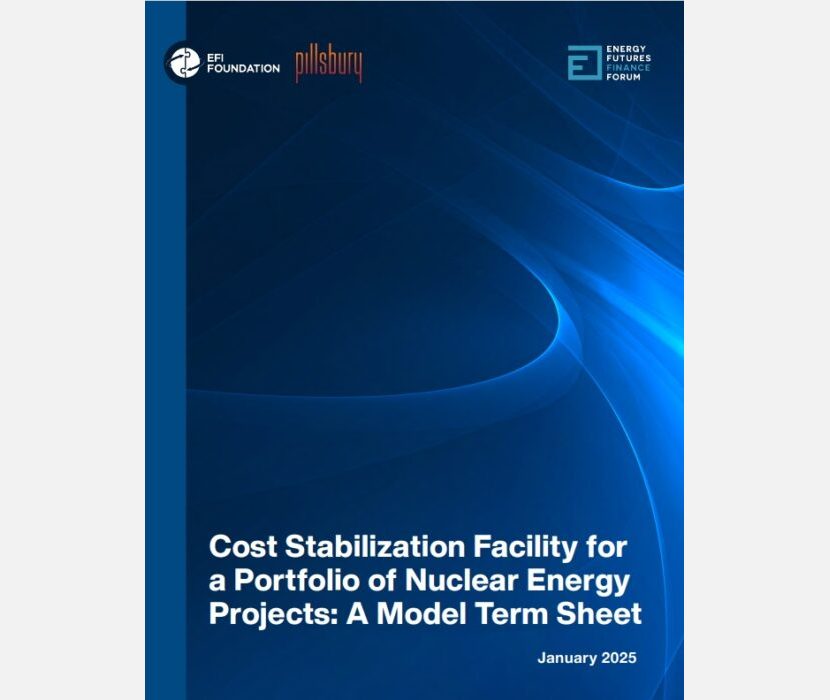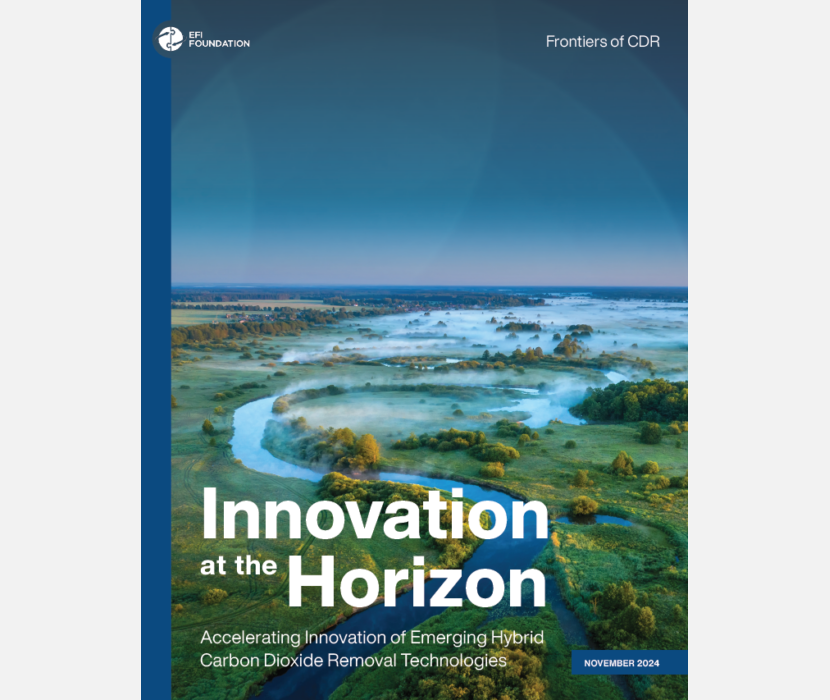Direct Air Capture: A Rapidly Expanding Landscape—From Kiloton to Megaton Scale (November 2024) takes stock of the rapid expansion of the direct air capture (DAC) industry and the interplay of government incentives and private sector investment in spurring this growth. It analyzes the development of large-scale DAC projects, their funding and revenue sources, as well as the support mechanisms that have facilitated their growth. The analysis assesses projects that have moved beyond the pilot stage, demonstrating scalability and commercial viability. Within a decade, the DAC industry has grown to more than 180 companies, with 90% of this growth occurring within the last five years.
Removal of legacy carbon dioxide (CO2) emissions from the atmosphere and oceans is a key companion to the transition to lower-carbon sources and uses of energy in averting adverse climate change. DAC is expected to be one of the key technologies enabling large-scale carbon dioxide removal (CDR) because of its advantages in scalability, permanence, and verifiability.
The evolution of federal policies to accelerate DAC that combine various incentives has had a powerful synergistic effect on DAC commercialization. These incentives include:
- “technology push” supply incentives—such as research, development, and demonstration funding; precommercial DAC prizes in the Bipartisan Infrastructure Law (BIL); regional DAC hubs; and the private sector XPRIZE.
- “market pull” incentives to stimulate demand for DAC carbon removals—driven primarily by the expansion of the Section 45Q tax credit in the Inflation Reduction Act (IRA), DOE’s Commercial CDR Purchase Pilot Program, advance market commitments by individual companies, and third-party demand aggregators.
This combination of supply and demand incentives has enabled DAC start-up enterprises to attract venture capital and other forms of private-sector equity investment.
As a result, the pipeline of DAC projects in development has been expanding rapidly. Globally, five commercial-scale DAC plants capturing more than 1,000 tons of CO2 are in operation, with 27 more in development, totaling an estimated 15 MtCO₂/year in removal capacity, two-thirds of which is in the United States. Of 17 DAC projects in development in the United States, 12 have funding from the U.S. Department of Energy, and 6 have secured advance market commitments for carbon removal.
Continuity in maintaining the current BIL and IRA incentives, combined with continuing investment in technology innovation and addressing permitting complexity for CO2 storage, provide the essential foundation to maintain the current pace of scale-up to megaton-scale DAC deployment.
Two significant challenges remain to a longer-term goal of gigaton-scale deployment: substantial reductions in the cost of DAC and stronger demand-side programs to build market development. Research and development investments to reduce DAC costs through innovation in DAC materials and processes, along with the lessons learned from initial commercial deployments, are essential. Expanding the demand for DAC through a large-scale government purchasing program also will be critical.
Related Content
(Share this post with others.)


